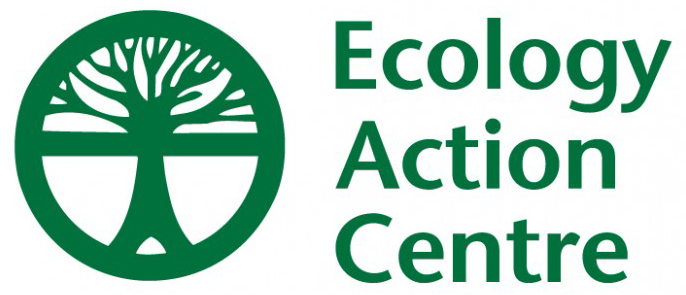MI’KMA’KI (NOVA SCOTIA) - On Friday, the joint provincial-municipal housing task force announced nine areas had been identified to be fast-tracked for development in Halifax Regional Municipality. Designating these “special planning areas” gives Minister of Municipal Affairs and Housing John Lohr the authority to approve agreements with developers, approve or change existing land-use by-laws and change existing Municipal Planning Strategies. The nine special planning areas would total up to 22,600 new housing units.
The Ecology Action Centre acknowledges the legitimate need for new housing to address the housing shortage but raises concerns about the task force’s decision-making process and several communities identified for immediate development.
“The municipal processes for making changes to city plans and by-laws, and approving development agreements, usually require approval by HRM Regional Council or respective community councils, and this process includes public notification and engagement,” says Kortney Dunsby, sustainable cities coordinator with the EAC. “We’re concerned that these new developments will not require public input or consider existing priority plans, such as the Halifax Green Network Plan and Integrated Mobility Plan.”
EAC notes that several of the identified “special planning areas” will have negative impacts on the environment. Sandy Lake, one of Halifax’s last remaining old growth forest and wild areas, is positioned to receive the bulk of the development at 6,000 units. Currently, McCallum Environmental Ltd. Is completing a study to identify ecologic assets around Sandy Lake Regional Park and propose a potential expansion to the park boundary.
“Planning for development of the Sandy Lake site should not be approved until existing studies are completed,” says Dunsby. “This area is identified as critical in the Halifax Green Network Plan and needs to be protected, not developed. Furthermore, the Bedford West Subarea 12 lands are an important wilderness corridor between Sandy Lake and Blue Mountain-Birch Cove Lakes and the Southdale lands are adjacent to the valuable Eisner Cove Wetland.”
In addition, the EAC is also concerned that there was no mention of affordable housing in the province’s news release and that the developments approved by the housing task force aren’t required to respond to the range of housing needs across the housing spectrum.
“Creating housing is important, but the task force needs to first define what is affordable, and then prioritize enabling development patterns that foster affordable, healthy and complete communities," says Dunsby. “An increase in supply does not, without the proper checks and balances, necessarily result in greater accessibility for vulnerable households."
Despite concerns, Dunsby stresses that the EAC does not disapprove of all the planned developments and is pleased to see the province investing in a review of the barriers to providing housing.
“Penhorn Mall and Port Wallace are great examples of brownfield redevelopment and land remediation efforts that could provide housing while not severely impacting valuable natural assets.”
-30-
Kortney Dunsby, Sustainable Cities Coordinator
kortney.dunsby@ecologyaction.ca
